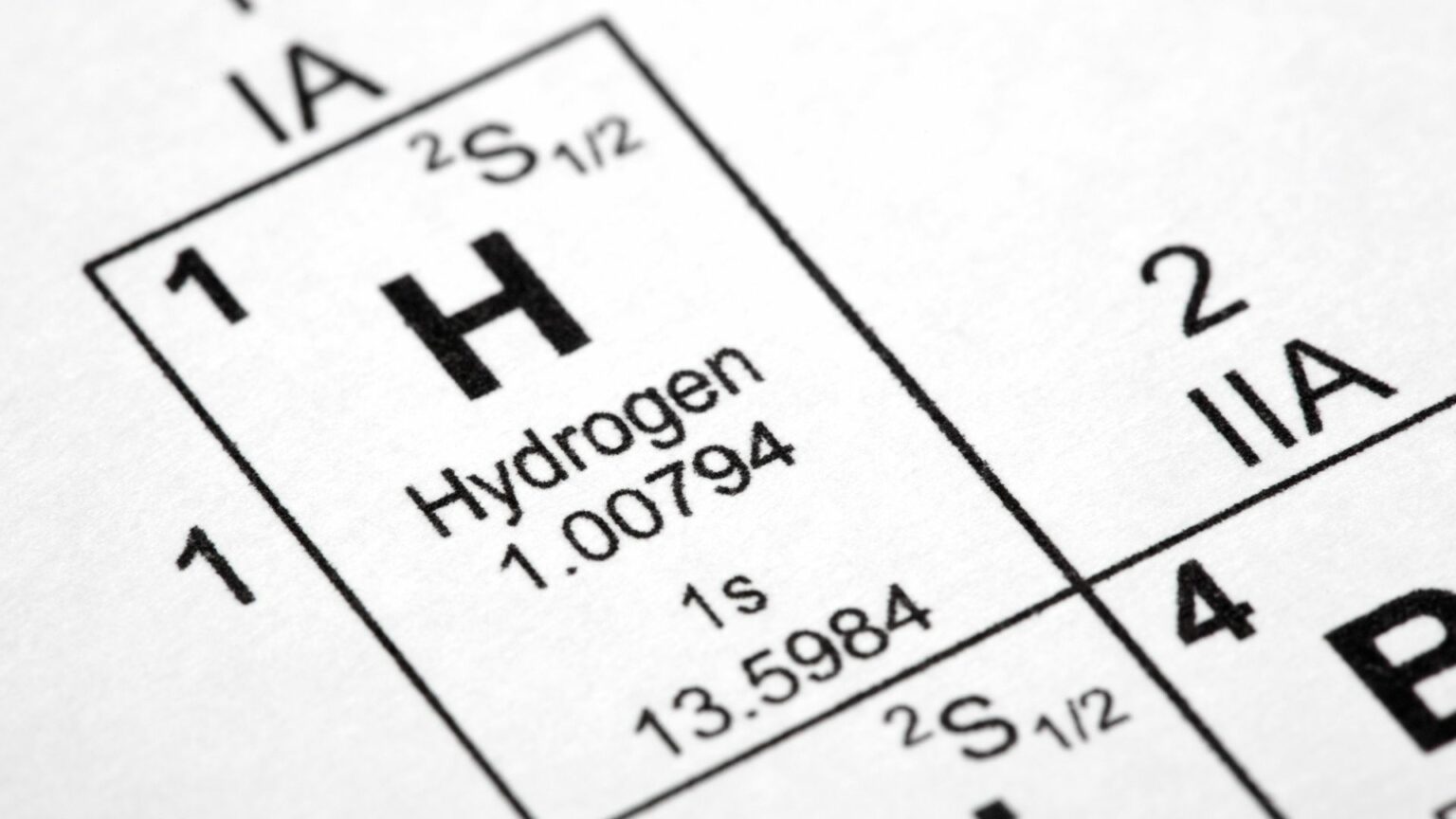Membrane materials are integral components of fuel cells, and their importance is reflected in Proton Exchange Membrane (PEM) fuel cells.
At present, these membranes predominantly contain perfluoroalkyl substances (PFAS). However, with growing concerns and impending regulations, alternatives are surfacing.
IDTechEx’s recent report titled “Materials for PEM Fuel Cells 2024-2034: Technologies, Markets, Players” delves deep into the technical aspects of membranes and associated key components of PEM fuel cells. The report predicts the initiation of a transition from PFAS membranes to alternatives within the next three to five years.
PEM’s function is to transport protons across the cell while maintaining separation between oxygen and hydrogen fuels. The IDTechEx report provides a comprehensive benchmarking analysis of market-leading ionomer materials concerning key PEM parameters such as electrical resistance, ion exchange capacity (IEC) and membrane thickness.
The material used in the membrane needs to facilitate proton transport but also be electrically insulating to prevent short-circuiting in the cell. Rapid proton transport is aided by high IEC and a slim membrane structure.
The prospective PFAS regulations call for the development of new membrane materials for PEM fuel cells. Emerging possibilities include hydrocarbon and MOF (metal-organic frameworks) membranes. However, presentation at this stage is preliminary; no clear frontrunner has emerged to replace PFAS as yet.
Critical parameters for alternative materials include the ability to withstand oxidizing and reducing environments on either side of the cell, mechanical strength which directly impacts fuel cell performance, and permeability. Reinforcements can be made by manufacturing a composite material.
Prototype developmental projects are ongoing with various Original Equipment Manufacturers (OEMs), and novel materials are surfacing primarily at academia. IDTechEx offers an analysis of composite membranes that use MOFs.
Though historically, hydrocarbons have had a limited success because of their inability to withstand harsh chemical environments within the fuel cell, recent advances indicate a promising future. IDTechEx anticipates a shift from PFAS membranes to alternatives, headed by hydrocarbons, within the next three to five years.
In light of increasing PFAS restrictions, IDTechEx has another report, “Per- and Polyfluoroalkyl Substances (PFAS) 2024: Emerging Applications, Alternatives, Regulations”, which assesses emerging PFAS alternatives in application areas like hydrogen economy, 5G, electric vehicles, and sustainable packaging. The write-up takes an extensive look at present and proposed limitations on PFAS use.
